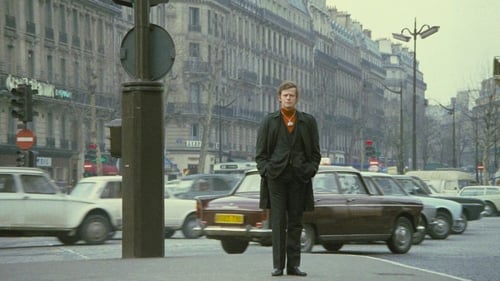
Director
How can something in the public domain not be publicly available? A critical investigation of public domain—a legal term that has nothing to do with free access or public availability—that uses powerhouse commercial archive Getty Images as its example. If the world's visual history remains locked behind a paywall, who will ever see it?

Producer
In 1970, filmmaker Peter Kubelka designed a movie auditorium in which carefully controlled sight lines and black velvet caused all but the screen to disappear into darkness. He referred to his invisible cinema as “a machine for viewing.” In these adventures in vision, directors Oscar Raby, Richard Misek, and Charlie Shackleton use real-time VR experience, live performance, and video essay to transform the Egyptian theater into “machines for viewing” to explore how we watch films.

Director
In 1970, filmmaker Peter Kubelka designed a movie auditorium in which carefully controlled sight lines and black velvet caused all but the screen to disappear into darkness. He referred to his invisible cinema as “a machine for viewing.” In these adventures in vision, directors Oscar Raby, Richard Misek, and Charlie Shackleton use real-time VR experience, live performance, and video essay to transform the Egyptian theater into “machines for viewing” to explore how we watch films.

Director
What do you see when you see a black screen?

Director
A film about Eric Rohmer, Paris, and the pleasures of cinephilia. Between the late 1950s and mid-2000s, legendary Nouvelle vague cinéaste Eric Rohmer made over twenty feature films, short films, and television documentaries on location in Paris. Rohmer in Paris explores his relationship with this most cinematic of cities. Combining elements of essay film, biographical documentary, speculative fiction, and mashup, Rohmer in Paris provides an unconventional tour of Rohmer's films, of modern Paris, and of how we engage with cinema.



